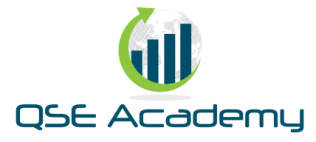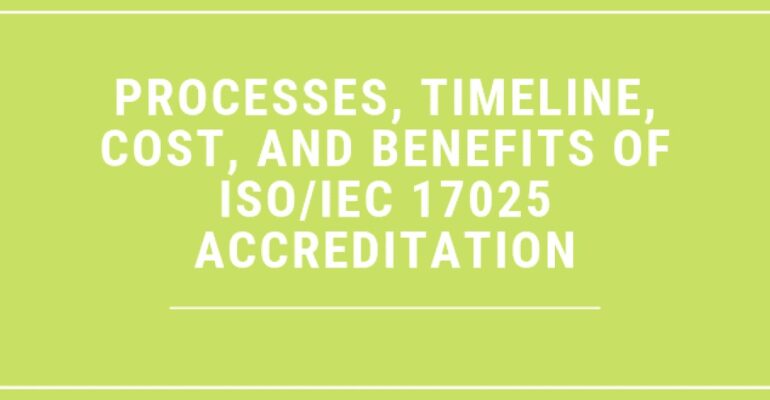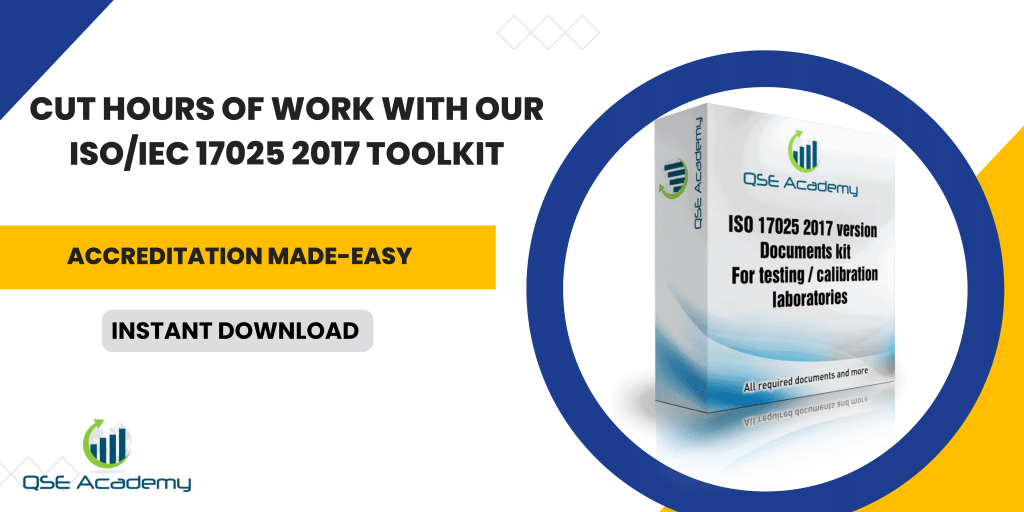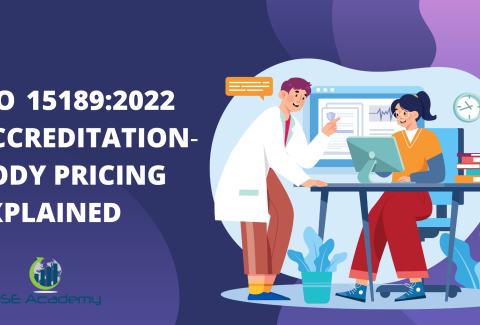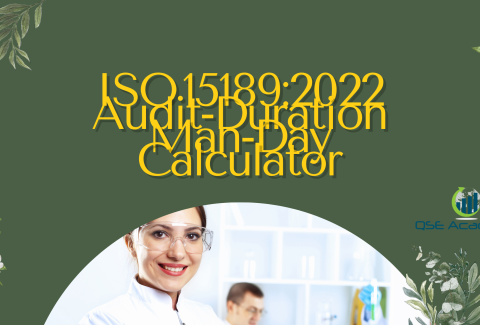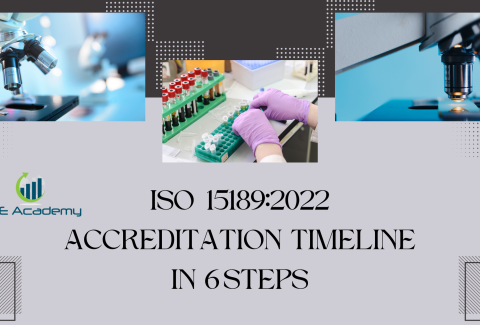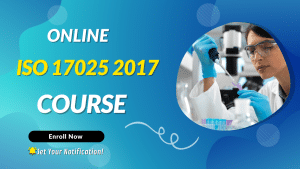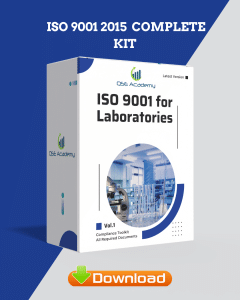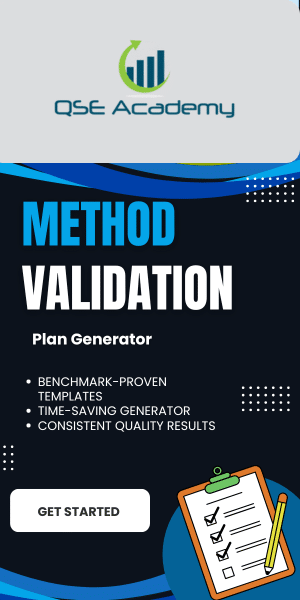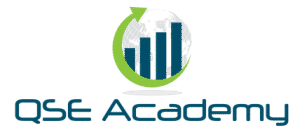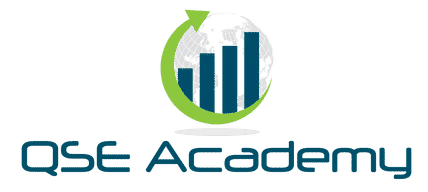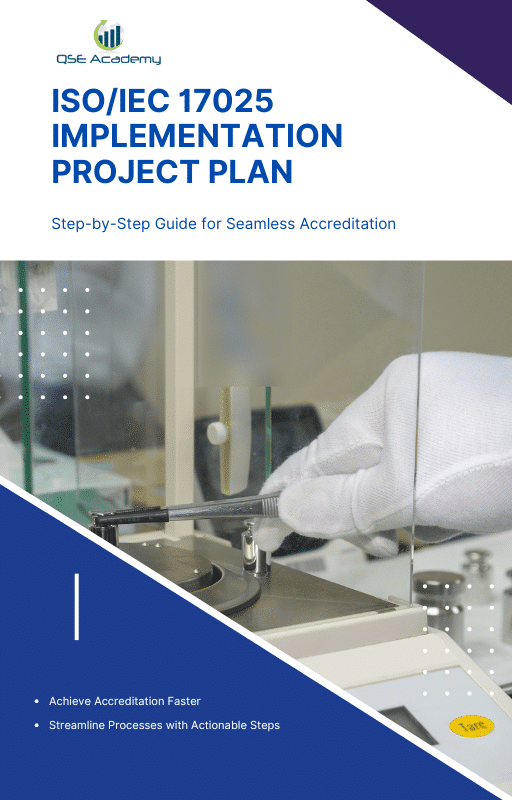Processes, Timeline, Cost, and Benefits of ISO/IEC 17025 Accreditation
Last Updated on October 13, 2025 by Hafsa J.
Cost of ISO/IEC 17025 Accreditation: Processes, Timeline, and Value
If your lab is thinking about getting accredited, one of the first questions that probably comes up is: What’s the cost of ISO/IEC 17025 accreditation? It’s a fair question—and an important one. Whether you’re a small startup lab or part of a larger organization, understanding the full picture of the costs involved can help you plan smarter and avoid surprises down the line.
The cost of ISO/IEC 17025 accreditation isn’t just a single number. It includes a mix of direct fees, internal resources, system upgrades, and of course, time. And while some costs are predictable, others will depend on things like your lab’s size, current level of readiness, and the scope of testing or calibration you offer.
In this article, we’ll walk through:
-
The step-by-step process of ISO/IEC 17025 accreditation
-
A realistic timeline for each phase
-
What influences the total cost of ISO/IEC 17025 accreditation
-
How to budget and prepare for it with confidence
If you’ve been trying to wrap your head around where the time and money really go during this journey, you’re in the right place. Let’s break it down together.
Breakdown of the ISO/IEC 17025 Accreditation Process
Before we dive into the numbers, it helps to understand what the accreditation process actually looks like. After all, the cost of ISO/IEC 17025 accreditation is tied closely to the steps involved. Knowing the flow can help you see where time, effort, and money are typically spent.
Let’s walk through the major phases most labs go through when seeking accreditation:
1. Gap Analysis and Planning
This is where it all begins. Your lab evaluates where it stands in relation to the ISO/IEC 17025 requirements. Some labs do this internally; others hire a consultant to help. Either way, it’s about identifying what’s missing—whether it’s procedures, documentation, or staff training.
-
Time: 2 to 4 weeks
-
Contributes to the cost of ISO/IEC 17025 accreditation if external consultants or auditors are involved
2. Documentation and System Implementation
Once the gaps are clear, the next step is developing the quality manual, procedures, forms, and records required by the standard. This part also includes implementing those procedures so they’re not just written—they’re working in real life.
-
Time: 1 to 3 months depending on lab size
-
A big portion of the cost of ISO/IEC 17025 accreditation comes here, especially if new systems or staff training are needed
3. Internal Audit and Management Review
Before applying for accreditation, your lab needs to conduct an internal audit and hold a management review meeting. These are required by the standard and help ensure you’re ready for the real assessment.
-
Time: 2 to 3 weeks
-
Internal effort, but may add to the cost of ISO/IEC 17025 accreditation if external help is used for audits
4. Application Submission and Review
Now it’s time to officially apply to an accreditation body. This includes submitting your documentation and choosing your desired scope of accreditation (what tests, methods, or calibrations you want covered).
-
Time: Depends on the accreditation body’s review cycle
-
Application fees are part of the cost of ISO/IEC 17025 accreditation and vary between accreditation bodies
5. Assessment and Corrective Actions
Once your application is accepted, assessors will visit your lab to evaluate your compliance. If they find any nonconformities, you’ll need to address them and submit evidence of correction.
-
Time: 1 to 2 months, depending on findings
-
Assessor day rates and follow-up reviews are a major part of the cost of ISO/IEC 17025 accreditation
6. Final Approval and Accreditation Certificate
Once everything checks out, you’ll receive your accreditation certificate. But remember, this isn’t a one-time deal. There are ongoing surveillance audits and periodic reassessments that also factor into the long-term cost of ISO/IEC 17025 accreditation.
Understanding these steps helps you not only plan your time—but also make sense of where the money goes. And now that we’ve covered the process, let’s talk about how long it really takes.
Timeline for ISO/IEC 17025 Accreditation
Now that you have a sense of the steps involved, let’s talk about timing. Because let’s be honest—time is money. And the timeline directly affects the overall cost of ISO/IEC 17025 accreditation, especially when you factor in staff hours, consultant fees, and resource planning.
How Long Does It Really Take?
On average, most labs can expect the full ISO/IEC 17025 accreditation process to take six to twelve months from start to finish. Of course, this can vary quite a bit depending on where your lab is starting from.
Here’s a rough breakdown of how long each phase typically takes:
-
Gap analysis and planning: 2 to 4 weeks
-
System development and implementation: 1 to 3 months
-
Internal audit and management review: 2 to 3 weeks
-
Application and scheduling assessment: 4 to 8 weeks
-
On-site assessment and corrective actions: 1 to 2 months
Each of these phases comes with its own direct and indirect expenses, which all roll into the cost of ISO/IEC 17025 accreditation. For example, if your internal team is stretched thin and working overtime to implement procedures or prepare for the audit, that’s still a cost—even if you’re not writing a check for it.
What Can Affect Your Timeline?
A few key factors can stretch (or shrink) your timeline—and in turn, influence the final cost of ISO/IEC 17025 accreditation:
-
Lab size and complexity: The more methods, staff, and equipment you have, the longer setup and training may take.
-
Current quality system: If your lab already has a solid QMS or ISO 9001 certification, you may move faster.
-
Accreditation body availability: Scheduling assessors can sometimes take longer than expected, especially during busy periods.
-
Use of consultants: Hiring experienced ISO 17025 consultants can speed up the process—but it also adds to your upfront cost.
So while it’s tempting to set a tight deadline and push forward quickly, keep in mind that rushing can backfire—especially if it leads to gaps, audit findings, or extra corrective actions later on. A thoughtful, steady approach often helps manage both the timeline and the cost of ISO/IEC 17025 accreditation more effectively.
In the next section, we’ll take a closer look at exactly what those costs can look like—so you can start building a realistic budget.
Cost of ISO/IEC 17025 Accreditation
Let’s get into what everyone really wants to know: how much does it actually cost? The cost of ISO/IEC 17025 accreditation can vary a lot depending on your lab’s size, scope, and starting point—but we can definitely break down the major areas where you’ll likely spend money.
Direct Costs: What You Pay to the Accreditation Body
These are the most visible parts of the cost of ISO/IEC 17025 accreditation—the actual fees charged by the accreditation body. While these vary by region and provider, here’s what you can typically expect:
-
Application fee: A one-time charge to start the process
-
Assessment fee: Usually billed per assessor, per day (on-site visit)
-
Technical review fee: For reviewing your documentation and reports
-
Annual surveillance fees: For routine audits after accreditation
-
Reassessment fee: Charged every few years for full re-evaluation
Altogether, these fees can range from $5,000 to $15,000 or more, depending on how many assessors are needed and how broad your accreditation scope is.
Indirect Costs: Internal Resources and System Development
Here’s where it gets a bit trickier to estimate, because every lab is different. These are the behind-the-scenes expenses that still contribute to the total cost of ISO/IEC 17025 accreditation:
-
Staff time for writing procedures, training, and audit preparation
-
Purchasing or upgrading software for document control, data tracking, or equipment maintenance
-
Method validation or verification costs
-
Calibration of equipment or facility upgrades
-
Consulting or training services if you need external support
These indirect costs can sometimes exceed the direct ones—especially if your lab is starting from scratch. Depending on your readiness, you could spend an additional $10,000 to $30,000+ during implementation.
Cost Variables: What Makes the Price Go Up or Down
Not every lab will face the same expenses. The cost of ISO/IEC 17025 accreditation changes based on:
-
Number of test methods included in your scope
-
Number of locations or sites to be assessed
-
Level of documentation already in place
-
Whether your lab already has ISO 9001 (which can simplify certain requirements)
That’s why it’s so important to get a custom quote or at least speak with your chosen accreditation body early in the process. A clear scope = a clearer cost estimate.
Planning Ahead
To manage the cost of ISO/IEC 17025 accreditation wisely, start by outlining your expected expenses in each category—then build in a buffer for unexpected items. Many labs spread the cost over a 6–12 month period to keep it manageable.
In the next section, we’ll share tips for building a smart accreditation budget without cutting corners. Because yes—it’s a serious investment, but it can absolutely be a strategic one.
Budgeting Smartly for ISO/IEC 17025 Accreditation
Now that we’ve broken down where the money goes, let’s talk about how to budget wisely for it. Planning ahead can make the cost of ISO/IEC 17025 accreditation feel a lot more manageable—and even predictable.
The key is to treat this like a real project with phases, timelines, and a clear list of expenses. Instead of trying to do everything at once, you can spread out the investment and avoid putting pressure on your lab’s finances.
Start with a Simple Cost Breakdown
Begin by organizing your estimated costs into a few clear categories:
-
Direct fees from the accreditation body (application, assessment, surveillance)
-
Internal costs such as staff time, document creation, and training
-
Consulting or external help if you’re bringing in ISO 17025 experts
-
Equipment calibration or upgrades that might be required for compliance
-
Software or systems for document and quality control
When you lay it out this way, you can get a much better view of the full cost of ISO/IEC 17025 accreditation before committing.
Set Priorities and Spread Out the Spending
Not everything needs to be done at once. You might choose to focus on documentation and internal audits first, then invest in software tools or facility improvements later. Many labs also phase their scope of accreditation—starting with a limited number of test methods and expanding over time.
This phased approach can help reduce the upfront cost of ISO/IEC 17025 accreditation while still keeping you on track.
Don’t Forget the Hidden Costs
Some costs are easy to overlook but can add up quickly:
-
Staff overtime during audits or documentation crunch time
-
Travel or lodging for assessor visits (especially for multi-site labs)
-
Printing and organizing quality system documentation
-
Corrective actions that require rework or retraining
These might seem small, but they’re part of the real cost of ISO/IEC 17025 accreditation—so it’s smart to factor them in from the start.
Plan for the Long Term
Remember, accreditation isn’t a one-time expense. There are ongoing surveillance audits, periodic reassessments, and continual improvement activities. Your budget should account not only for getting accredited but also for staying accredited.
Building a realistic, flexible budget from the beginning helps you avoid surprises and stay focused on your end goal—getting ISO/IEC 17025 accredited without unnecessary stress. When you know what to expect, the cost of ISO/IEC 17025 accreditation becomes much easier to manage, and the process itself becomes a whole lot smoother.
Final Notes on the Cost of ISO/IEC 17025 Accreditation
At this point, you’ve probably realized that the cost of ISO/IEC 17025 accreditation isn’t just about writing a check for a certificate. It’s a thoughtful, step-by-step investment that includes your time, your team’s energy, and yes—your budget.
But here’s the thing: when done right, that investment pays off in more than just compliance. It builds trust with your clients, opens the door to new business, and gives your lab the structure and confidence to deliver consistent, high-quality results.
So what should you walk away with?
-
The cost of ISO/IEC 17025 accreditation includes direct fees, internal resources, and long-term maintenance
-
The total cost depends heavily on your lab’s current readiness, scope, and support system
-
Budgeting in phases, prioritizing wisely, and planning for the long run helps you stay in control
-
Choosing the right partner—whether it’s a consultant, accreditation body, or software provider—can influence both your cost and your success
While there’s no one-size-fits-all number, having a clear understanding of what to expect makes the journey far more manageable. The cost of ISO/IEC 17025 accreditation may feel significant at first, but when you weigh it against the long-term credibility and opportunities it brings, it often proves to be one of the most valuable decisions your lab can make.
And if you’re just getting started—don’t stress. Take it one step at a time. Ask questions. Plan ahead. You’ve got this.
I hold a Master’s degree in Quality Management, and I’ve built my career specializing in the ISO/IEC 17000 series standards, including ISO/IEC 17025, ISO 15189, ISO/IEC 17020, and ISO/IEC 17065. My background includes hands-on experience in accreditation preparation, documentation development, and internal auditing for laboratories and certification bodies. I’ve worked closely with teams in testing, calibration, inspection, and medical laboratories, helping them achieve and maintain compliance with international accreditation requirements. I’ve also received professional training in internal audits for ISO/IEC 17025 and ISO 15189, with practical involvement in managing nonconformities, improving quality systems, and aligning operations with standard requirements. At QSE Academy, I contribute technical content that turns complex accreditation standards into practical, step-by-step guidance for labs and assessors around the world. I’m passionate about supporting quality-driven organizations and making the path to accreditation clear, structured, and achievable.
